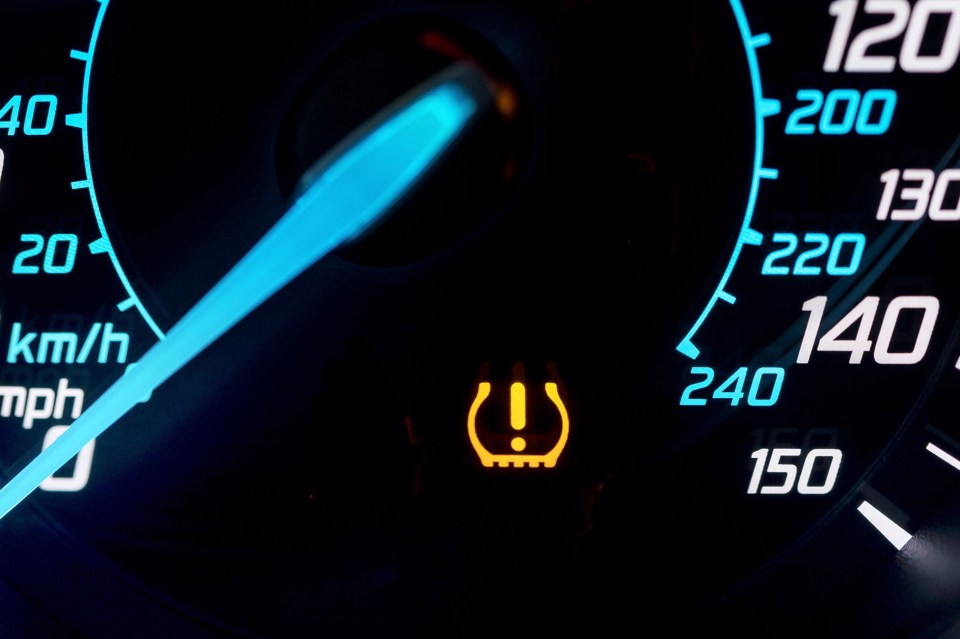Increasing MOT failure rates caused by defects with vehicles’ Tyre Pressure Monitoring Systems (TPMS) has implications for road safety, says TyreSafe.
More than 23,000 vehicles required a retest following identification of TPMS issues in 2016 compared with a little over 7000 in 2015 - an enormous rise of 212%.
Stuart Jackson, TyreSafe chairman, said: “TPMS adds significantly to general tyre safety making it easy for the driver to know if their pressures aren’t at the right level when out on the road. But, clearly, even though Britain’s motorists are being warned there’s a safety issue they’re choosing to ignore it. Regrettably, this leap in MOT failures due to TPMS defects underlines that a poor attitude to tyre safety is not an issue exclusively associated with older vehicles.”
TPMS became mandatory on all new passenger vehicles sold after November 1, 2014, as a safety feature to help reduce the number of vehicles being driven with tyre pressures significantly – even dangerously – below the recommended settings. Such vehicles are not only more difficult to control, increasing the risk of an incident, but also consume more fuel and wear their tyres out more quickly. TPMS notifies the driver to a variance in tyre pressure by illuminating a warning light on the dashboard and, in some cases, sounding an audible alert thereby offering motorists the opportunity to rectify the issue.
If drivers do not see the TPMS alert come on with all other warning lights when they start their vehicle, they should immediately check with their service garage that the system is functioning properly.
As of January 1, 2015, all vehicles first used after January 1, 2012, and equipped with a TPMS by the manufacturer must have a functioning system to pass its MOT.
TyreSafe had expected the widespread introduction of this technology to lead to an increase in MOT failures in 2016 as more cars were equipped with these systems. However, the startling rise in failures due to TPMS defects - more than treble - was unexpected.
Jackson said: “TyreSafe urges motorists to put tyre safety higher up their list of driving priorities and check their tyres and TPMS are in roadworthy condition.”
TPMS helps to reduce the number of tyre-related incidents but drivers should carry out regular visual checks on at least a monthly basis and before long journeys as the system will not inform them of tread depth or tyre condition.

















Login to comment
Comments
No comments have been made yet.